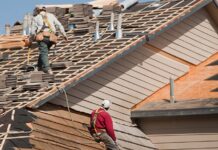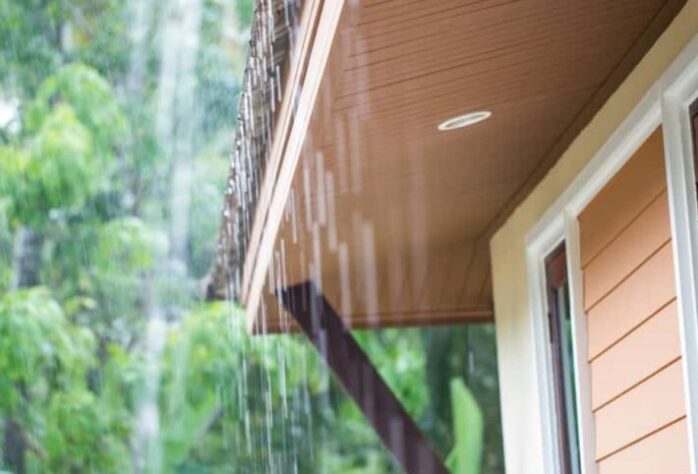
The health of our household is a constant concern. A lot of these problems can spiral into different ones, causing a domino effect of house repairs that will consume tons of time and money. The roof is a frequent source of trouble as a damaged roof can cause water damage. Water damage may result in structural faults and safety hazards but it can also directly impact your health with hidden issues such as mold growth.
To keep your house safe and prevent huge repair costs we need to take precautions against damages appearing in the first place. These precautions usually involve inspecting parts of your roof that are prone to damage. To help you with recognizing what the issues with your roof look like we have listed main points of concern below.
Use and maintain gutters
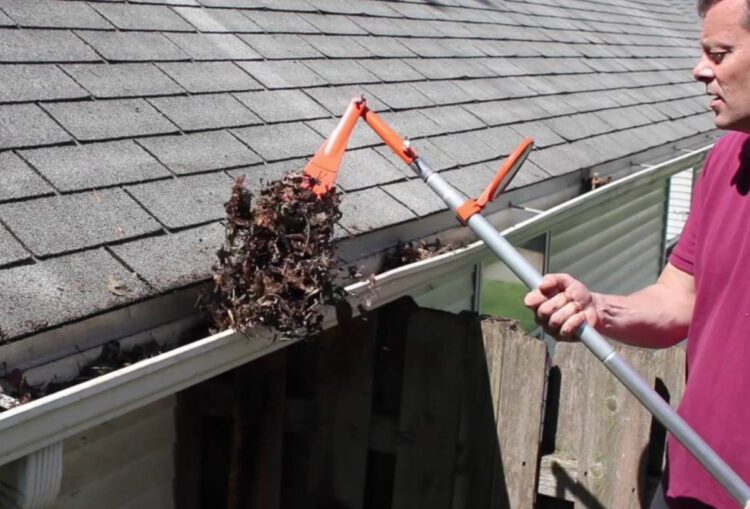
The health and fortitude of your roof are always assisted by gutters. Gutters move water away from your roof, preventing it from pooling by the foundation or in odd crevices your roof may have. Without a gutter, the water damage to your roof would quickly accumulate. The gutter also prevents water from dripping down the side of the building. This prevents the sides of the building from being damaged by water. If your house doesn’t have gutters installed make sure to add them to your household as soon as possible.
Many things can fill up your gutter, making it overflow. Usually, it’ll be leaves accumulating in your gutters but debris such as branches and sediment can cause just as much if not more issues. Tiny debris like evergreen tree needles can get stuck in small cracks and accumulate at the bottom of the gutter. Another place they usually get stuck in is at the meeting point between the gutter and the roof, causing build-ups that block water flow.
Having gutters also means that you need to keep them clean and maintained. Cleaning gutters makes sure that the water can flow freely away from the roof. One of the ways to secure your gutter’s longevity is with gutter covers, this will still require maintenance but won’t block your water flow. You can use a trowel to remove debris clogging your gutters or use a hose to wash down the debris with strong water pressure. Check for cracks or other damages as well. These issues with your gutter can cause it to deteriorate over time and increase the chance of clogging.
Replace shingles
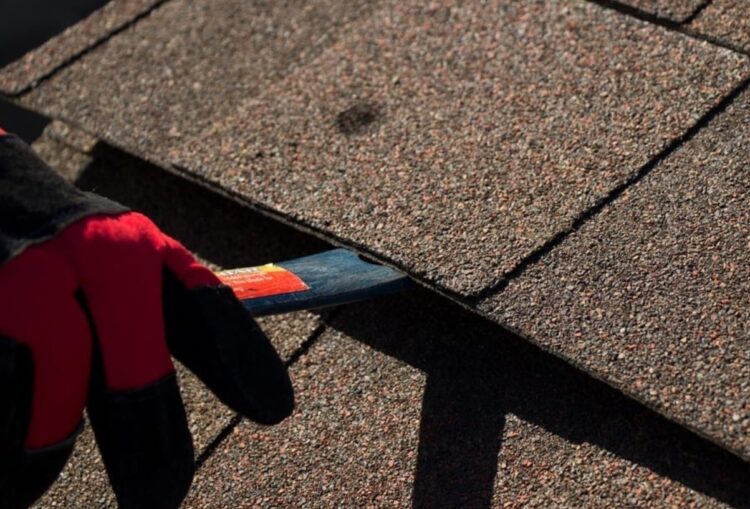
The shingles are the main line of defense against water damage. They have to be properly laid out and tightly packed, with a unique layer of shingles dedicated for any crevice that gets emphasized by the roof’s structure. Picking up high quality shingles is a primary concern when building a house because without good roof protection the rest of our house can get damaged, causing a lot of repair costs.
Be wary of the quality of your shingles even after you’ve finished construction. They wear off after a while, becoming frail and prone to damage. If they wear off too much water can slip through the cracks and into your home. Inspect your shingles a couple of times a year or in case you are experiencing leakage. This doesn’t require much in the way of tools, except for ladders, and worn-out shingles can sometimes be visible from a glance.
If there’s any damage or any missing shingles make sure to replace them as soon as possible. When a chunk of your roof is worn out it may be time to replace the entire roof. When planning an operation like this make sure to pick out a time of year that’s decently warm and without any weather phenomenon. Depending on the size of your roof it may require multiple days so keep that in mind for your schedule.
Inspect Flashings
The gutters and shingles aren’t the only points of concern when making sure your roof offers maximum protection. You should check your chimneys, vents, skylights, pipes, and all the other accessories on your roof. These parts have joints and cracks that need additional isolating measures to prevent leaks. We achieve this additional layer of water damage prevention through flashing. Roof flashing is a thin metal material that is installed to direct water away from certain areas, preventing it from accumulating in risky areas.
The flashing should be inspected once every few years as they aren’t as frequently damaged. The minor damages on flashing being resolved as they appear give you a better chance of avoiding expensive water damage that would otherwise come from the cracks that form in your protection with imperfect flashing.
Fix ponding surfaces
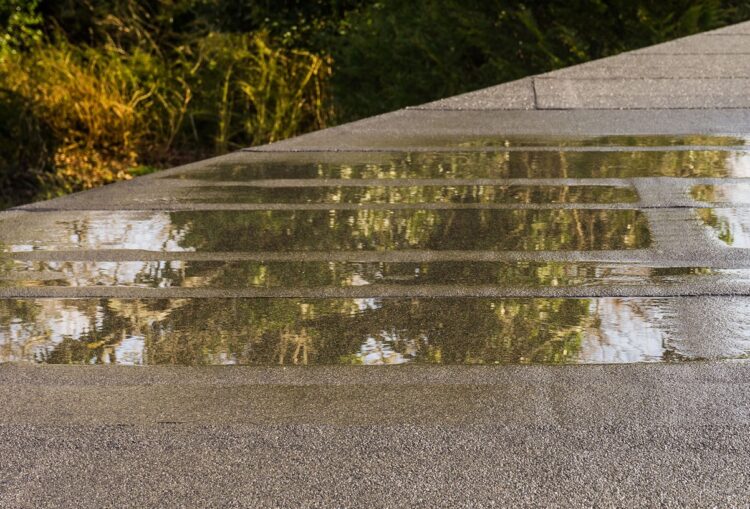
A huge amount of water being frequently in contact with our roof can lead to more issues than just decay of protective measures. If you live in a place with a lot of rainstorms, or a place that’s frequently got bad weather there’s a high chance pools of water will form on your roof. These are very troublesome as they form weak spots on your roof, causing water to end up seeping through.
These pools can be subtle depending on your roof shape. However, in case you notice water stains on your ceiling the water may be pooling on top of your roof. Water pools can cause rot to your roof allowing for these ceiling stains to form. Pooling is most frequently present on flat and low-sloped roofs so if yours falls into these categories take additional care to resolve it before it causes greater problems. The best course of action is to call a roofer as soon as possible, as they can diagnose the full extent of your issues while resolving the current problem as well. If you cannot find one in your area it’s always possible to locate a roofing professional online. These will usually be smaller companies covering a certain region with the extent of their services listed up. As an example, we have http://oahu-roofing.com/honolulu-roofing which offers roofing services in Honolulu.
Final Thoughts
While a lot of these problems are out of our control and cannot be resolved without professional help, recognizing them isn’t. Inspecting your roof and areas where water damage forms is a very important part of keeping the whole construction safe. When things get out of hand structural faults can become disastrous, causing a possible collapse of less formidable parts of the structure. Be on top of all these possible troubles to prevent long-term repairs. After all, inspecting and taking care of your roof doesn’t take that long



